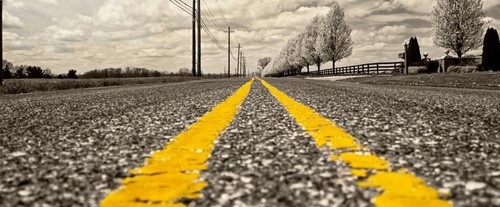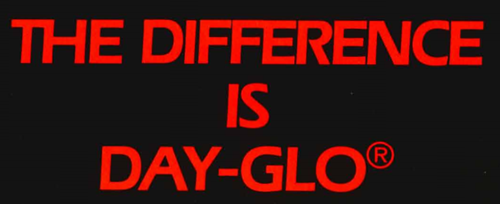Bright & Impactful Billboards

Every outdoor advertiser recognizes that DayGlo fluorescent color is brighter, bolder and adds more impact to outdoor advertising. But just how much difference does it really make? How do you measure the difference between fluorescent and conventional colors within advertising and product placement?
To find out we commissioned Telcom Research Inc. of Teaneck, NJ, the acknowledged leader in measurement of outdoor, to objectively measure the visual impact difference on designs using fluorescent color and those using conventional color. This data can be seen in our Measure The DayGlo Difference color study.
What the study measured:
- Amount of time it took to first notice the outdoor boards
- Total viewing time of outdoor boards
- Who took a second look at the billboards
- View time of boards in sunlight verses in the shade
How the study was conducted:
- While it would be easy to show the superiority of fluorescent color in situations where outdoor boards were under black light or in a haze, all comparisons were made under the two most common forms of lighting: direct lighting vs. shade
- Two matched sample cells of 150 each were used for the study. Each cell consisted of half men/half women and half smokers/half nonsmokers.
Fluorescent vs non-fluorescent advertisements were compared in direct light vs indirect light with a simulated drive through the New York/New Jersey area while an electronic recorder measured eye movement reactions:
- At what distance the billboards were first noticed
- Which boards were read
- How much readership was taking place
- How much time was spent on each of the board’s visual elements
The study did not measure the visual interest, graphics, message retention, message believability, or specific playback.
The Results
When they measured the amount of time passed before people first noticed the outdoor advertising boards, the ones using fluorescent color were noticed 75% sooner than conventional color at 1.2 seconds verses 2 seconds.
When the signs were shown in both sunlight and shade, it became clear that fluorescent colors work for longer hours, as people looked at it longer in the shade than they did for conventional color- 1.4 seconds compared to 0.5 seconds. This means that daylight fluorescent displays are easier to see as the sun disappears, but conventional colors suffer by 65%.
On top of that? The fluorescent colors held reader attention 116% longer, from an average of 1.3 seconds over 0.6 seconds for conventional.
70% of viewers did a double take and got a second look at the billboards, and only 44% were curious to see what the conventional designs were showing.

Conclusion
Smart outdoor users can protect and enhance their investment with fluorescent color. To learn more about this case study and to see the numbers, read Measure The DayGlo Difference.
